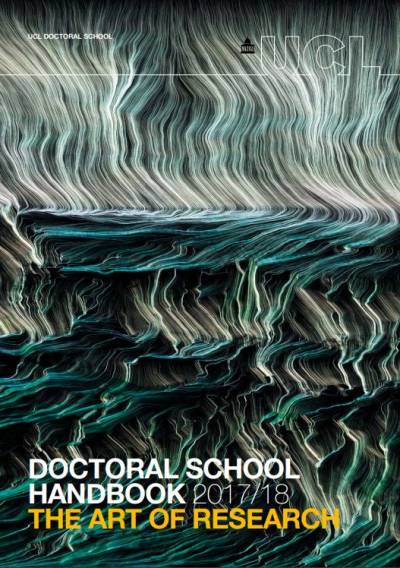|
Abstract
|
This
thesis investigates the association in Britain between education and coronary
heart disease (CHD) in two birth cohort studies and repeated cross-sectional
studies from which synthetic cohorts were constructed according to minimum school
leaving age in adolescence, with a longitudinal element derived from death
registration. The thesis aimed to examine the association between education
and the natural history of CHD by assessing various markers of the
development of atherosclerosis (i.e., biological risk factors, clinical
presentation of myocardial infarction or angina, and death). This work sought
to compare a life course model of education and CHD in British adults by
periods of birth, which captured the secular changes that have taken place in
both education and CHD. Data were drawn from three existing sources to meet
these goals: The Health Survey for England (HSE), The MRC National Survey of
Health and Development (NSHD) and The National Child Development Study
(NCDS). The HSE provided cross-sectional and longitudinal measures of
education, CHD risk factors, myocardial infarction/angina, CHD mortality and
potential mediators. The NSHD and NCDS provided prospective longitudinal
measures of education, CHD risk factors, potential mediators and early life
factors. The Relative/Slope Indices of Inequality suggested heightening
inequalities in CHD mortality, myocardial infarction/angina and adiposity by
particular birth periods in Britain, whereas blood pressure inequalities were
found to have diminished. Unclear trends were shown for total cholesterol.
Pathway models indicated that working life circumstances, family formation
and health behavioural mechanisms explained educational inequalities in CHD
risk factors in women. Significant pathways for men were shown for health
behaviours only. Moreover, social circumstances and health from early life
partly accounted for the direct effect of education on CHD risk. The
relationship between education and CHD across different generations of British
adults proved to be complex, driven by temporal changes in both education and
CHD.
|
 Close
Close



